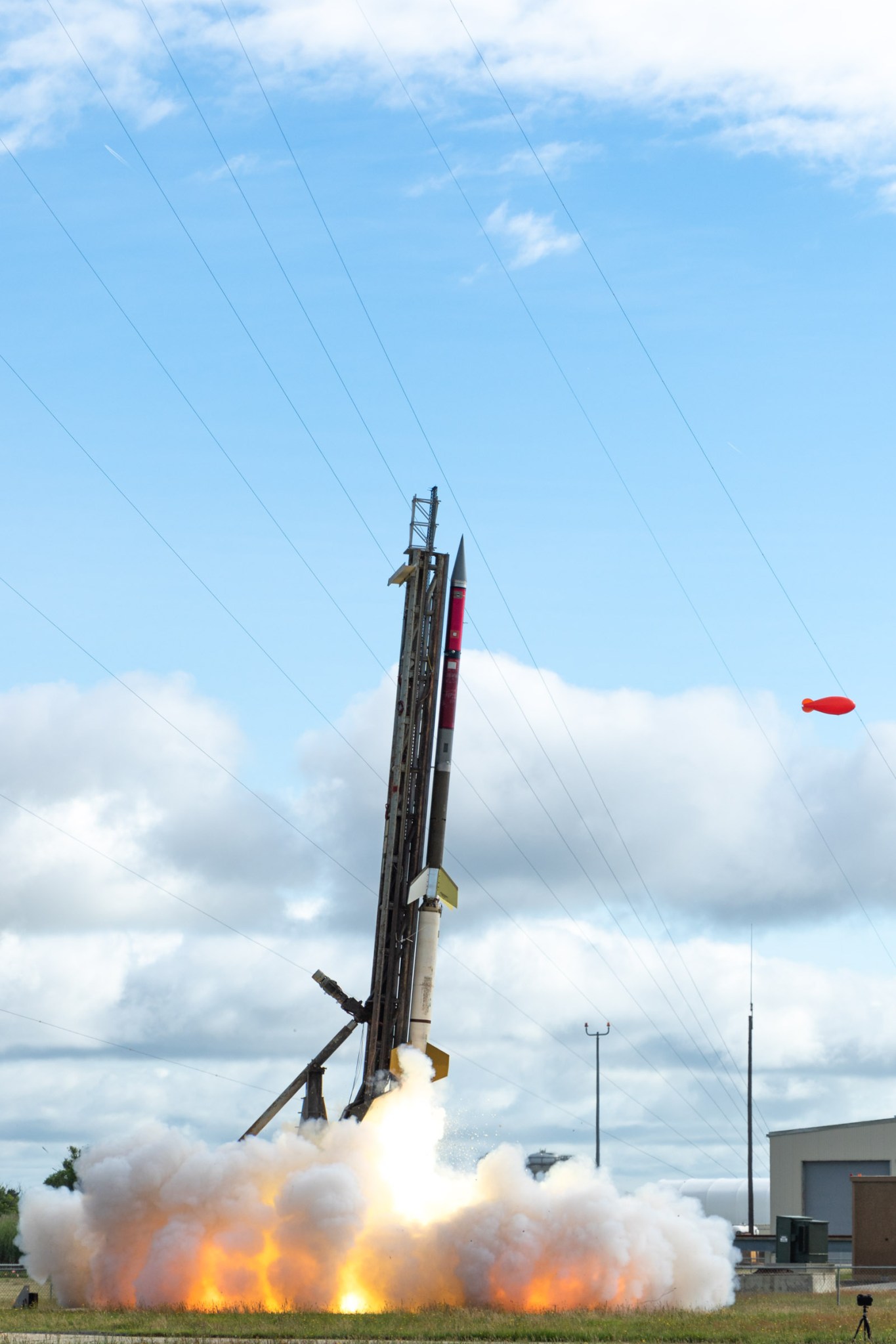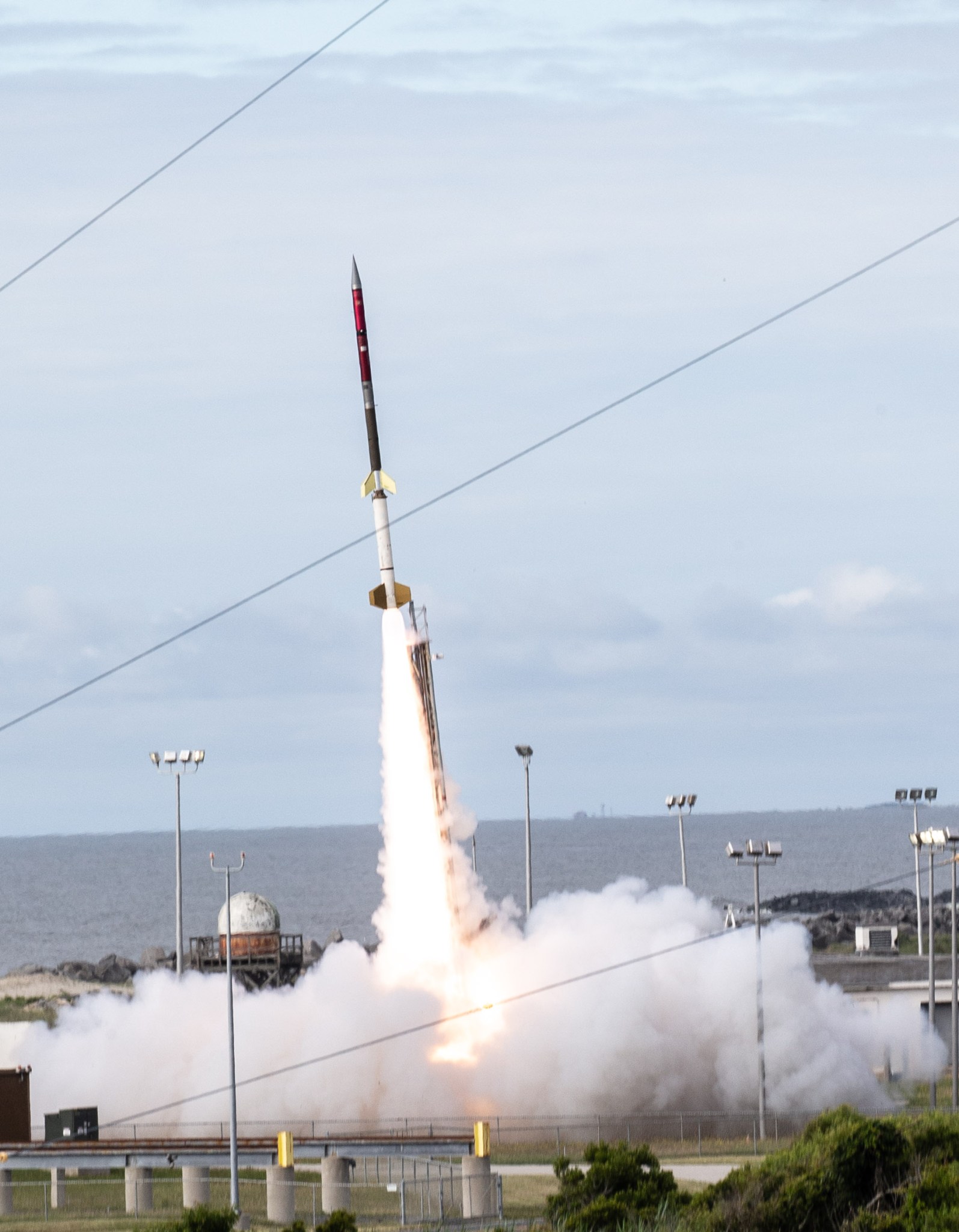Forty university student experiments were successfully launched Friday, June 25 aboard a NASA suborbital sounding rocket from the Wallops Flight Facility in Virginia.
The launch, conducted at 8:32 a.m. EDT, is part of the RockOn! and RockSat-C programs designed for students to learn and apply skills in building experiments for suborbital space flight.
Participants in RockOn! receive instruction on the basics required to develop a scientific payload for flight on a suborbital rocket. After learning the basics in RockOn!, students may then participate in RockSat-C, where during the school year they design and build a more complicated experiment.
Conducted with the Colorado and Virginia Space Grant Consortia, RockOn! is in its thirteenth year and RockSat-C its twelfth year.
The 39-foot tall rocket carried 32 experiments (measuring acceleration, humidity, pressure, temperature and radiation counts) from the RockOn! Program and 8 experiments in the RockSat-C program.
Launched aboard a 2-stage Terrier-Improved Orion rocket, the experiments flew to an altitude of 72 miles and were recovered from the Atlantic Ocean. After recovery, the experiments will be returned to the students.
The next launch from Wallops is the Dynamos, Winds, and Electric Fields in the Daytime Lower Ionosphere mission, or Dynamo-2. This mission includes the launch of two NASA Black Brant IX sounding rockets July 6 – 20.
Header Image Credit: NASA Wallops/Allison Stancil
Keith Koehler
Wallops Flight Facility, Wallops Island, Va.
































